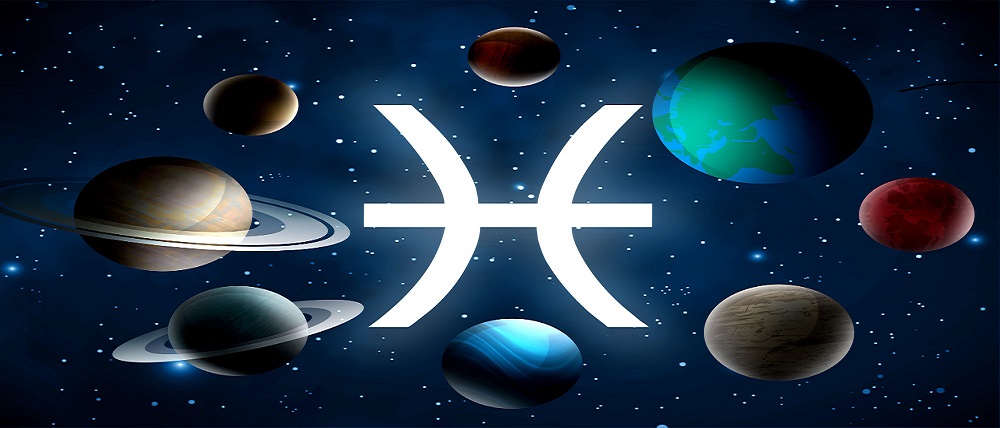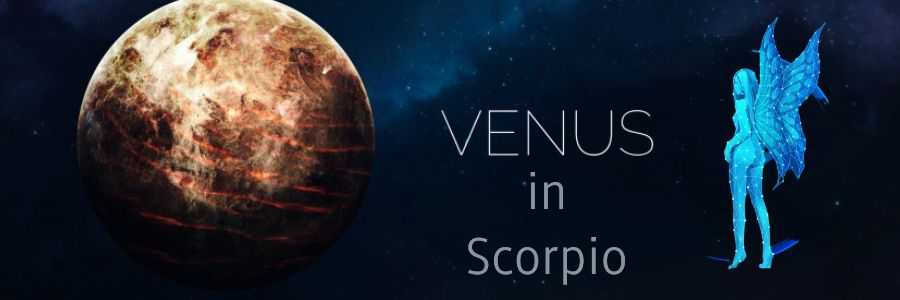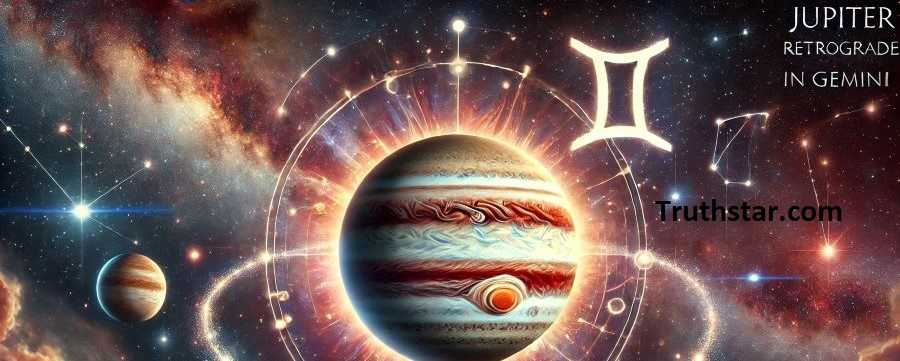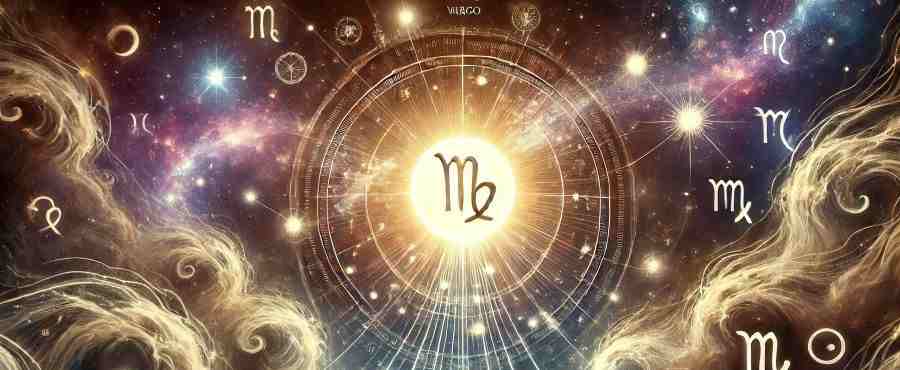“Kundalini” literally means coiling, like a snake. In the classical literature of hatha yoga kundalini is described as a coiled serpent at the base of the spine. The image of coiling, like a spring, conveys the sense of untapped potential energy. Its also known as ‘Chakras’. Perhaps more meaningfully kundalini can be described as a great reservoir of creative energy at the base of the spine.
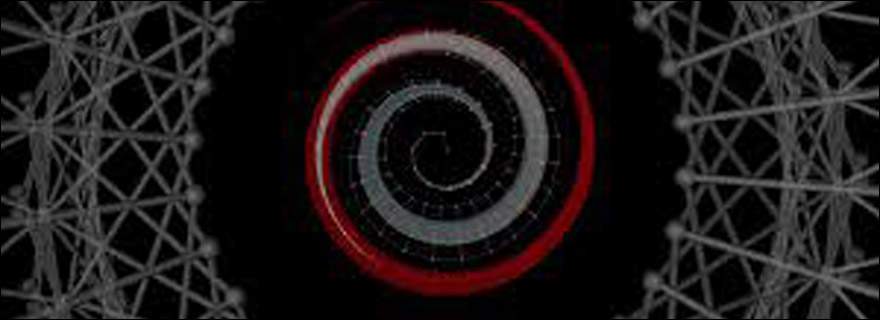
It’s not useful to sit with our consciousness fixed in our head and think of kundalini as a foreign force running up and down our spine. Unfortunately the serpent image may serve to accentuate this alien nature of the image. It’s more useful to think of kundalini energy as the very foundation of our consciousness so that when kundalini moves through our bodies our consciousness necessarily changes with it.
The concept of kundalini can also be examined from a strictly psychological perspective. From this perspective kundalini can be thought of as a rich source of psychic or libidinous energy in our unconscious.
The Seven Chakras:
The Chakras are the seven main energy centers in the body. They are located along the spine, starting at the base and running upwards to the crown of the head. The chakras are described as “whirling disks of light”, and each Chakra radiates a specific color and energy. As each Chakra relates to specific spiritual, emotional, psychological, and body issues; conscious awareness and balancing of these energy centers lead to well being. healing with the chakras.
Chakra 1 The first Chakra, Muladhara (root), is located at the base of the spine. Its color is red and its issues are survival, stability, and self sufficiency.
Chakra 2 The second Chakra, Svadhisthana (sweetness), is located at the lower abdomen (between belly button and pubic bone). Its color is orange and its issues are sexuality, creativity, relationships and emotions.
Chakra 3 The third Chakra, Manipura (lustrous gem), is located at the solar plexus (between belly button and the bottom of rib cage). Its color is yellow and its issues are personal power, self esteem, willfulness and energy.
Chakra 4 The fourth Chakra, Anahata (not struck), is located at the heart (center of the chest). Its color is green and its issues are love, compassion, acceptance, and trust.
Chakra 5 The fifth Chakra, Vissudha (purification), is located at the throat. Its color is bright blue and its issues are communication, inspiration, expression, and faith.
Chakra 6 The sixth Chakra, Ajna (to perceive), is located between the eyebrows, just above the bridge of the nose. Its color is indigo blue and its issues are psychic, emotional and mental intelligence, and intuition.
Chakra 7 The seventh Chakra, Sahasrara (thousand petaled), is located at the crown (top) of the head. Its color is white or violet and its issues are devotion, inspiration, selflessness, and spiritual understanding.



